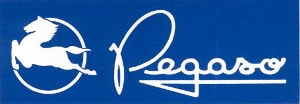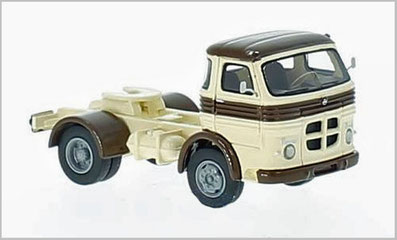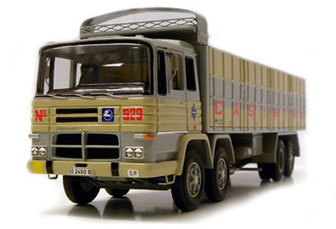
PEGASO Truck Manuals PDF


History of Pegaso Trucks
Some PEGASO Truck Manuals PDF are above this page.
The history of truck brand began after the WW2: until then, in Spain, only Hispano-Suiza was engaged in trucks and buses, and that is not thorough, but "from time to time." Therefore, for the development of the industry in 1946 in Madrid, the ENASA, Empresa Nacional de Autocamiones SA was created.
This association bought the "Hispano-Suiza" freight factory near Barcelona:
Hispano-Suiza finally ceased to exist, and the plant received the name Pegaso with the corresponding emblem - a horse galloping at full speed. Pegaso decided to start with a "big jump": the experimental truck had a very progressive design.
For example, the six-cylinder petrol engine was located together with the gearbox between the two rear axles, And the front suspension was independent.
But, as often happens, the model did not have enough money to finish the model, and the first "Pegaso" truck became the old "Hispano-Suiza" model, but with a new cab.
In 1949, the first diesel engine appeared, and it turned out to be so economical (26-28 liters of diesel fuel per 100 km of road instead of 50 liters of petrol), that the demand for gasoline trucks almost immediately ceased.
In parallel, the production of buses and even trolleybuses began: after the war, Spanish cities needed public transport.
But that's not all. The next index, Z-101, was assigned to ... a new passenger car. Six seats, a 12-cylinder 4-liter engine - alas, the Z-101 did not start, as the then ruler, General Franco, was dissatisfied with the car.
But the sports colleagues of this sedan were built in 86 copies and successfully performed at various European races. Powerful "breathing" of their motors was provided by two mechanical compressors!
